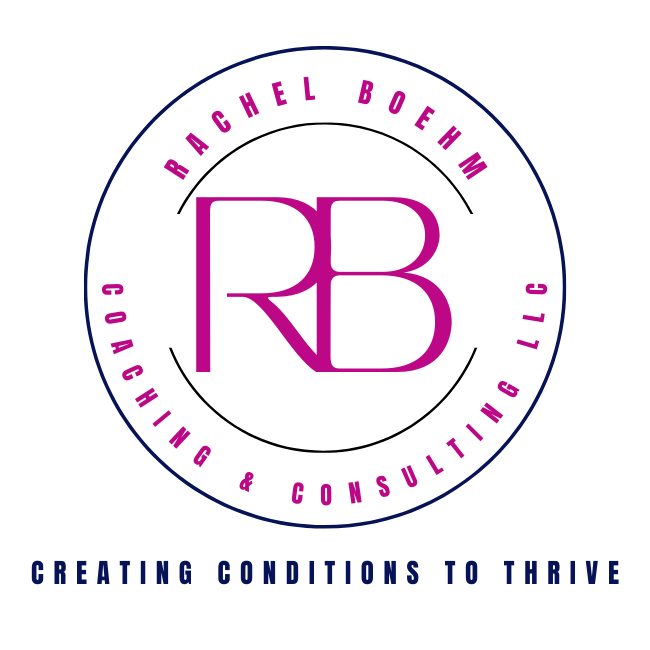Leading Through Uncertainty: Proven Strategies for Leaders to Drive Performance Amid Constant Change
Leaders often respond to performance challenges with new benefits or wellness programs. Yet, firms still experience sluggish execution, disengaged teams, stalled growth, and rising turnover.
That’s because performance is shaped less by perks and more by the conditions in which people work, specifically, whether the everyday environment gives them the clarity, authority, stability, and community needed to handle relentless job pressures.
When job pressures outpace these critical resources for too long, it doesn’t just cause stress—it undermines decision-making, slows client delivery, and quietly bleeds revenue.
If you want high performance, you need to manage the tensions between what derails performance and what restores it. Let’s unpack what that means in simple, applicable terms.
The Science Behind the Tension
Organizational psychologists have for decades examined how work environments shape human behavior and business outcomes, studying leadership, stress, motivation, decision-making, and team dynamics.
Decades of research show that subtle shifts in workplace dynamics can significantly improve how teams collaborate, make decisions, and deliver under pressure.
The Hidden Forces Behind Performance
Every role is shaped by two invisible but powerful forces:
Demands – The pressures and frictions that deplete energy and focus (tight deadlines, competing client priorities, constant interruptions, emotionally charged work).
Resources – The tangible and intangible conditions that help people keep up with those pressures: psychological safety, influence over decisions, dependable tools, time to focus, trusted relationships, and a sense of shared purpose.
High-performing professional service firms don’t aim to eliminate demands—they actively manage these tensions so that challenges fuel achievement instead of disengagement or costly mistakes.
The Business Impact of Ignoring These Tensions
When high job demands aren’t matched with resources that restore motivation and focus, research shows it creates conditions that quietly erode firm performance:
Reduced motivation and engagement – People do only what’s necessary, avoiding extra effort or complex work.
Costly mistakes and rework – Strain leads to lapses in focus and preventable errors.
Breakdowns in teamwork – Low psychological safety leads to conflict avoidance and weaker collaboration.
Poor internal communication and conflicts – Misunderstandings and unresolved tensions disrupt workflow.
Slower problem-solving and decisions – Stressed teams take fewer risks and struggle to resolve issues quickly.
High employee turnover and recruitment expenses – Talented professionals leave for environments where they can succeed.
Increased costs from employee health issues – Chronic strain contributes to absenteeism and health-related expenses.
Reduced productivity and stifled innovation – Pressure crowds out time for strategic thinking and new ideas.
Missed business targets – Critical initiatives stall, and long-term growth suffers.
Fewer future leaders – Under these conditions, emerging leaders lack the resources to grow and take on greater responsibility.
Damaged client relationships and reputation – Service reliability suffers, threatening long-term relationships and referrals.
These outcomes don’t just affect morale—they directly hit profitability, client retention, and the firm’s ability to grow and compete.
Why This Falls to Leaders
Culture isn’t defined by a mission statement or company values on a wall—it’s shaped every day by what leaders allow, reward, and ignore.
Employees rarely have the power—or feel safe enough—to change the pressures and conditions that affect their work. Only leaders have the authority to set priorities, adjust workloads, and influence how people treat each other.
Leaders also set the tone. The way they handle pressure, make decisions, and communicate with their teams becomes the model everyone else follows. That’s why fixing these tensions can’t be delegated—it requires leadership action.
5 Actions Leaders Can Take Right Now
Help Employees Prioritize Work Clearly
Instead of fully rebalancing workloads (which can be tough day-to-day), leaders can help by checking in briefly to clarify what tasks are most important to focus on right now. This enables employees to align their efforts with business priorities, improve efficiency, and maintain progress on key objectives without getting overwhelmed by less critical activities.Give People Some Control
Let employees decide how to do their work or when to take breaks, when possible. Having some freedom makes work feel less pressured and more engaging.Recognize Effort Regularly
Say thank you or acknowledge good work often, whether privately or in team meetings. Recognition makes people feel appreciated and motivated.Ensure Employees Have What They Need to Succeed
Equip your team with the right tools, clear information, and immediate support to perform at their best. When challenges arise, provide targeted training, straightforward guidance, or assign knowledgeable colleagues to assist—no delays, no excuses.Encourage Team Help, Sharing, Open Feedback, and Innovation
Promote a culture where teammates share tips, solve problems together, and celebrate small wins. Create a safe space—psychological safety—where everyone feels comfortable giving and receiving honest, constructive feedback without fear. This openness builds trust, improves collaboration, sparks creativity, and drives innovation, helping the team grow and adapt effectively.
Take the Next Step
If you see signs of these tensions in your firm and want help putting this into real action—tailored to your specific challenges, complexities, and goals—schedule a free 15-minute chat with me. Together, we’ll pinpoint where to start and how to create conditions where your teams can thrive and your business can grow.
References:
Bakker, A. B., & Demerouti, E. (2023). Job demands–resources theory: Frequently asked questions. European Journal of Work and Organizational Psychology, 32(1), 1–16. https://doi.org/10.1080/1359432X.2022.2040733
Schaufeli, W. B. (2017). Applying the Job Demands-Resources model: A ‘how to’ guide to measuring and tackling work engagement and burnout. Organizational Dynamics, 46(2), 120–132. https://doi.org/10.1016/j.orgdyn.2017.04.008


